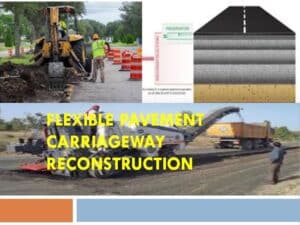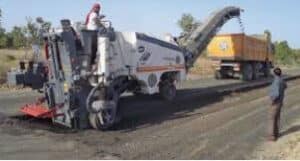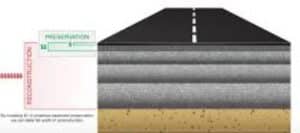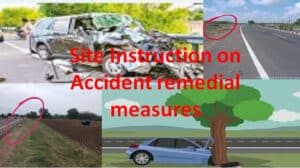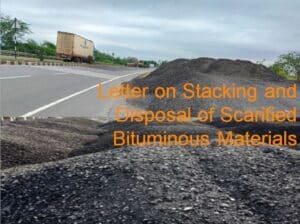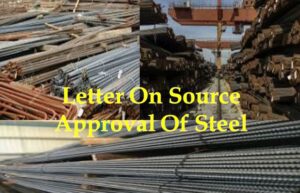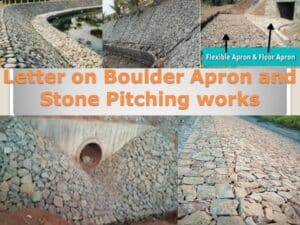Reconstruction methods of carriageway
Content Brief:
- Reconstruction methods of carriageway: This content pertains to the review and recommendations on flexible pavement carriageway reconstruction methods.
- It also highlighted the standard process involved in pavement reconstruction. Recommendations will be communicated to the concessionaire in a sample draft letter format.
- These recommendations are made by the IE following the concessionaire’s submission of pavement conditions survey data.
- Pavement conditions data is collected based on the following:
- Physical visual inspection,
- BI and BBD test results
- Existing pavement crust thickness and its condition
- And the existing pavement surface defects were identified during the site inspection.
- Also, the data of locations where the profile corrections are warranted as per site requirement, i.e., water stagnation areas on pavement surface, etc.
The IE recommendations are summarized in this letter in the form of various cases. Such are
- Case-1: Where cutting of existing CRB layer is less than 50 mm
- Case-2: Where cutting of existing CRB is more than 50 mm
- Case-3: Complete removal and reconstruction
Standard Process involves in pavement reconstruction of existing carriageway
- Flexible Pavement carriageway reconstruction involves the complete removal or partial removal and replacement of the existing pavement on a roadway. This process is useful when the existing pavement is severely damaged and deteriorated significantly.
- Flexible Pavement reconstruction typically involves the following steps:
- Completely remove the existing pavement
- Grading and levelled the excavated surface i.e., subgrade, or base layer of the pavement with appropriate cross fall or camber for proper drainage and to ensure a stable foundation for the new pavement.
- Construction of base and sub base layers as per new pavement crust
- Then construction of DBM and BC layers as per specified thickness and standards
- Finally, the new pavement is compacted with rollers, smoothing and levelling the surface, and applying any necessary markings or pavement striping.
A letter on review and recommendations on reconstruction methods of flexible pavement
| To
The concessionaire Subject: Reconstruction of existing carriageway-Reg. Dear Sir, In connection with the review of the existing carriageway of the Project Highway, we have completed our review based on our critical studies. Joint site inspections with Concessionaire EPC and PMC experts and scrutinizing the rutting pattern, BBD test results, and other aspects of the pavement condition survey, we recommend partial reconstruction for the following patches:
Note: This portion required complete reconstruction from subgrade bottom level.
Note: The above chainages locations are to be reconstruction for paved shoulder parts only. Methodology for ReconstructionReconstruction methods of carriageway Case-1: Where cutting of existing CRB layer is less than 50 mm |
||||||||||||||||||||||||||||||||
Note to a visitor about the Reconstruction methods of carriageway
It is that a few important and mandatory aspects are only discussed herewith. Kindly note that the above inspection observations are considered examples. You may adopt the gist of the subject and change it to suit the current need. And before using this content in your letter drafting, you need to ensure the specific CA Contractual conditions and other aspects, etc.
It is suggested to read article about Review on major bridge GAD drawings on Highway project, Review observations on MNB drawings
Also, read about the highway Improper bituminous construction works and site Instruction on Dense bituminous concrete construction works.
Additionally, you can find various sample draft formats for highway operation and maintenance correspondence.
FAQ’s related to Reconstruction methods of carriageway
What is pavement reconstruction and resurfacing or overlay?
Reconstruction means the complete removal of an existing pavement surface and the construction of a new one with new material or existing demolished material with necessary additives. In some cases, it requires beneath layers of base and subgrade layers strengthening or reconstruction. Here resurfacing means overlaying with a fresh mix of suitable thickness.
What is the lifespan of a reconstructed and resurfaced pavement surface?
It completely depends on various aspects such as site weather conditions, traffic census, load of the moving traffic, the thickness of the new layers, condition of the surface before construction, and its performance during the operation period of the project highway after resurfacing or reconstruction.

